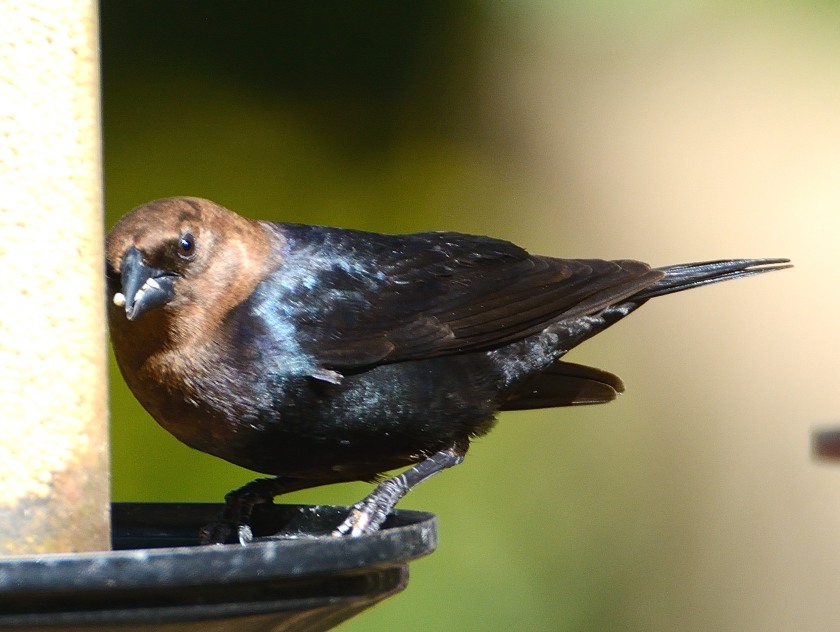
Brown-headed cowbirds are found in grasslands, woodland edges and residential areas. They are native to North America. They will roost along with blackbirds numbering in large amounts. It is a stocky blackbird with brown head. Smaller and shorter tale than a blackbird. The females are unmarked brown with faint streaks on the breast and pale throats. Both usually range about 7.2 inches in size. Look around Seabrook Island and you will find them everywhere. I usually see them first on the ground and at my mixed seed birdfeeder.
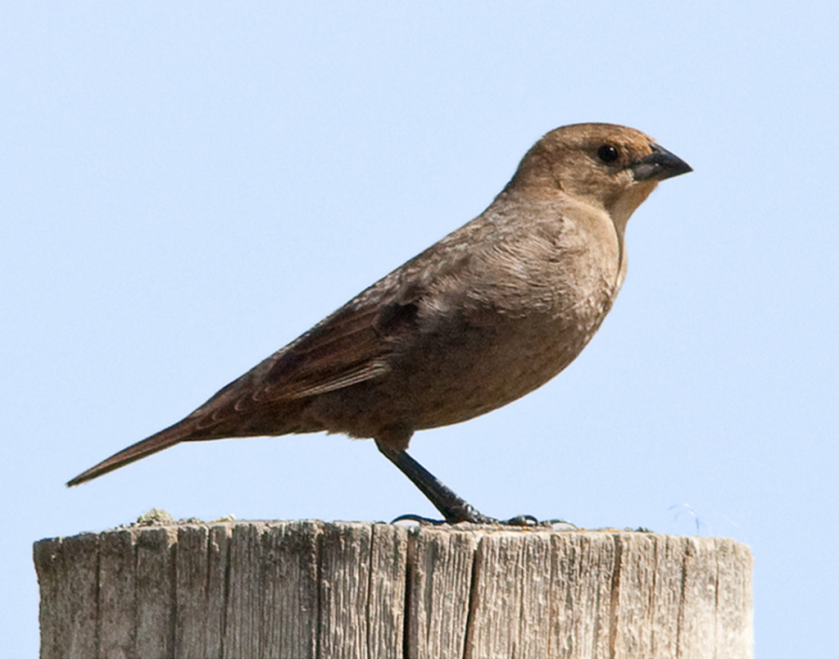
They feed mostly on seeds from grasses and weeds, but a quarter of their diet are insects. They are not shy about coming to backyard bird feeders. They get their name from their close association to livestock who flush up insects for them to eat.
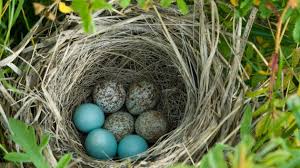
Grayish cowbird eggs with blue bluebird eggs-Audubon Library
Female Cowbirds make no nest of their own. They lay eggs in a great variety of other birds’ nests, including red-winged blackbirds. Over 220 different species nests have been documented with cowbirds eggs. The host nest momma does not recognize the new eggs and will raise that baby cowbird along with her own babies. Cowbird eggs hatch faster than other species eggs and baby cowbirds can be much bigger and will push other babies out of the nest. Social relationships are difficult to figure out in birds that do not build nests, but male and female Brown-headed Cowbirds are not monogamous. Genetic analyses show that males and females have several different mates within a single season.
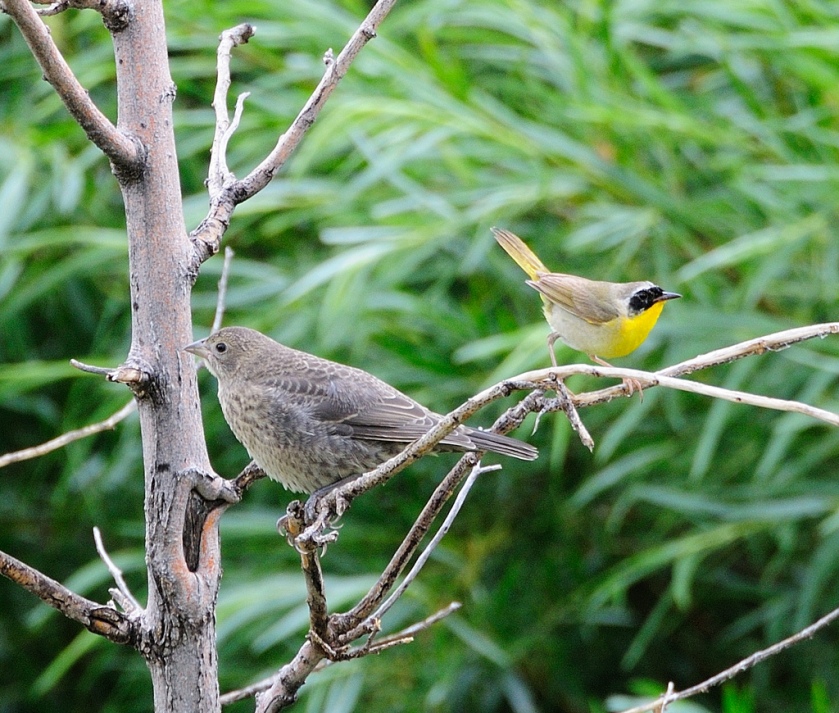
Audubon Library
Here is a common yellow-throat with a baby cowbird. It is ok to remove any cowbird eggs you might find in a nest. Cowbirds can be real noisy, making clicks, whistles and chatter like calls. Brown-headed Cowbirds are of low conservation concern. When you consider the average a seed eating bird often consumes ¼-½ of its weight in food each day, a flock of hungry cowbirds can consume at lot of food at your feeders. There is no fool proof way to deter this species, but if you stop feeding for a couple of week the large flock will move on.
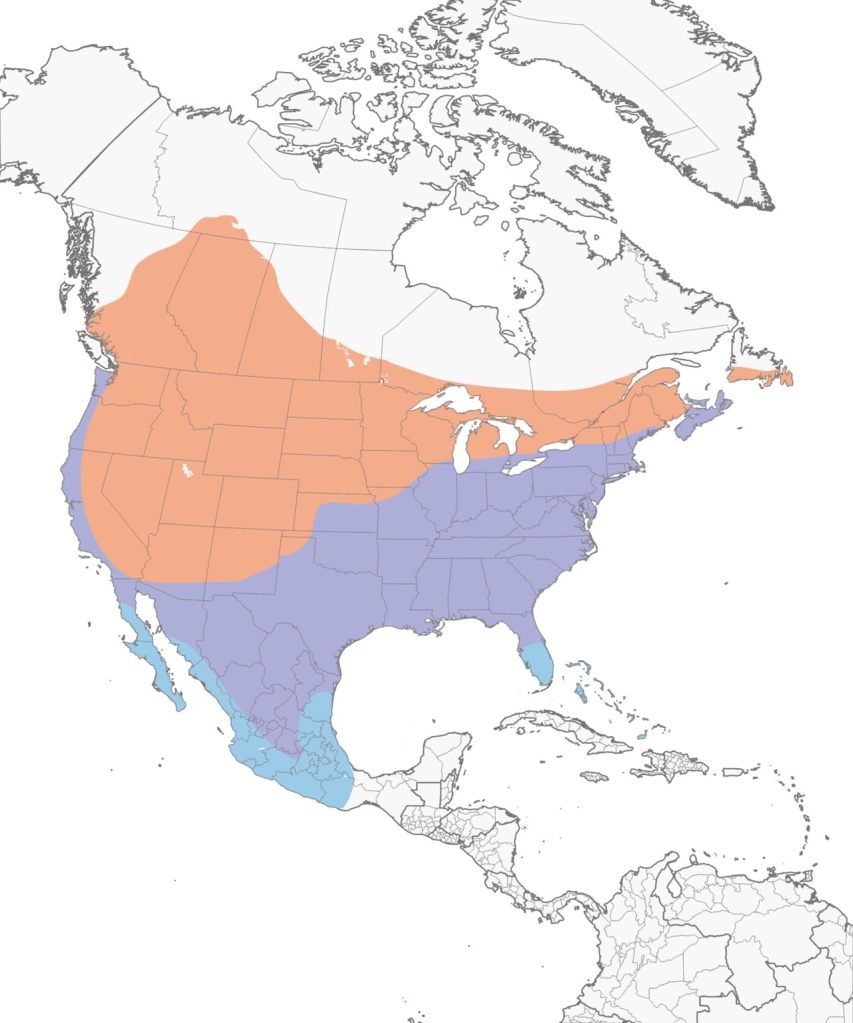
For more information about the Brown-Headed Cowbird, see the All about Birds Website.
Article submitted by: Melanie Jerome
Photographs provided by: Dean Morr and Audubon Library
This blog post is part of a series SIB will publish on a regular basis to feature birds seen in the area, both migratory and permanent residents. When possible we will use photographs taken by our members. Please let us know if you have any special requests of birds you would like to learn more about.


